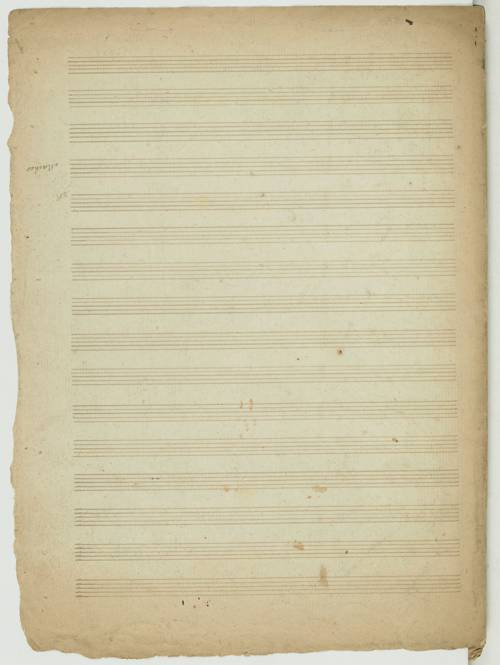
FAQ About The Evolution of Dramatic Monologues in Performance Art

What is a dramatic monologue in performance art?
A dramatic monologue in performance art is a type of monologue performed by a single actor that reveals their thoughts and emotions directly to the audience. This form often involves a character speaking to an audience or an imagined listener, exposing their inner thoughts or a particular story.

How did dramatic monologues originate in performance art?
Dramatic monologues have roots in ancient theater, particularly in Greek and Roman plays where characters often delivered speeches alone on stage. The form gained prominence in the 19th century, especially through poetry, where authors like Robert Browning popularized the technique by giving voice to characters in specific psychological states or situations.

What are some classic examples of dramatic monologues?
One of the most famous dramatic monologues is Robert Browning's "My Last Duchess," where a Duke speaks about his deceased wife. In theater, Shakespearean soliloquies, like Hamlet's "To be, or not to be," can also be considered dramatic monologues, as they reveal a character's deepest thoughts and dilemmas.

How have dramatic monologues evolved in contemporary performance art?
In contemporary performance art, dramatic monologues have expanded beyond traditional theater to include spoken word poetry, film, and solo performances. Artists use them to address personal, social, and political issues, inviting the audience into intimate or challenging dialogues. The focus is often on authenticity and emotional impact.

What role does a dramatic monologue play in storytelling?
A dramatic monologue is a powerful storytelling device as it allows the audience to hear directly from a character, thus gaining insight into their personal thoughts and emotions. This can create deep empathy and understanding of the character's motivations, dilemmas, and transformations.

How do dramatic monologues differ from soliloquies in theater?
While both involve a single character speaking alone, dramatic monologues are directed towards an audience or another character, real or imagined, whereas soliloquies are typically introspective speeches delivered to oneself, revealing inner thoughts without other characters present.

What impact have dramatic monologues had on cultural expression?
Dramatic monologues have significantly influenced cultural expression by providing a personal and direct form of communication. They have allowed performers to explore complex human emotions, social issues, and personal narratives, giving voice to otherwise silent or marginalized perspectives in society.

How is a dramatic monologue typically structured?
A dramatic monologue is typically structured with a clear speaker who is distinct from the author, a silent audience, and a situation that reveals the speaker's personality or a critical moment. The monologue often unfolds an inner conflict or a dramatic revelation, keeping the audience engaged in discovering hidden truths.

Why are dramatic monologues important in performance art?
Dramatic monologues are important because they offer unique opportunities for deep character exploration and audience engagement. They allow the actor to delve into the nuances of a single character over an extended speech, creating a more personal interaction with the audience through the exploration of intense emotions and themes.

Can dramatic monologues be found in modern films and television?
Yes, dramatic monologues are commonly found in modern films and television. They are often used in sequences where a character reflects on their life, experiences, or plans, delivering a memorable soliloquy that encapsulates their emotional journey or pivotal moments in the narrative.

How have women contributed to the evolution of dramatic monologues?
Women have contributed to the evolution of dramatic monologues by using them to express feminist themes and personal stories that are often underrepresented in mainstream media. Female playwrights and performers have utilized this form to explore identity, empowerment, and social issues, broadening its thematic range and impact.

What are the challenges of performing a dramatic monologue?
Performing a dramatic monologue presents challenges such as maintaining audience interest over an extended speech and conveying the depth of a character's inner thoughts authentically. Actors must master the art of engaging storytelling, tension building, and emotional expression to keep the audience invested.

Are there any key techniques for writing a compelling dramatic monologue?
Writing a compelling dramatic monologue involves creating a strong, distinct voice for the speaker, choosing a situation or moment that reveals character depth, and incorporating subtext and tension. Effective monologues often balance showing vulnerability and crafting a narrative that holds the audience's attention.

Have dramatic monologues influenced other art forms?
Yes, dramatic monologues have influenced various art forms, including literature, music, and visual arts, by inspiring artists to explore single-voice perspectives, deep personal introspection, and direct audience engagement. Such elements have become integral to many artistic narratives beyond traditional performance art.

What is the future potential for dramatic monologues in performance art?
The future potential for dramatic monologues in performance art is vast, with increasing interest in diverse stories and voices. This form can continue to evolve with technological advancements, such as virtual reality, offering new immersive experiences to bring these monologues to life in innovative ways.

How do audiences typically respond to dramatic monologues?
Audiences typically respond to dramatic monologues with heightened emotional engagement, as the directness of the form often creates a personal connection with the speaker. When performed well, these monologues can elicit empathy, provoke thought, and resonate long after the performance ends.

Can dramatic monologues be used in educational settings?
Yes, dramatic monologues can be effectively used in educational settings to teach students about character analysis, emotional expression, and narrative structure. They can also serve as tools for exploring historical and social themes through the eyes of individual perspectives.

What makes a dramatic monologue engaging?
An engaging dramatic monologue combines a compelling narrative, a strong and unique voice, emotional honesty, and an element of tension or revelation. The monologue must hold the audience's attention through its storyline or emotional depth, often sparking empathy or introspection.

Are there famous playwrights known for their use of dramatic monologues?
Several famous playwrights are known for their use of dramatic monologues, including Samuel Beckett, whose play "Krapp's Last Tape" is centered around a character's internal reflections. Additionally, playwrights like Harold Pinter and Tennessee Williams have incorporated monologues to delve into their characters' psyches.

What resources are available for aspiring writers of dramatic monologues?
Aspiring writers of dramatic monologues can find resources in various writing workshops, online courses, and books dedicated to playwriting and monologue crafting. Joining theater groups and engaging with performance art communities can also provide valuable feedback and inspiration for developing their skills.
